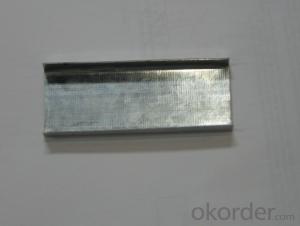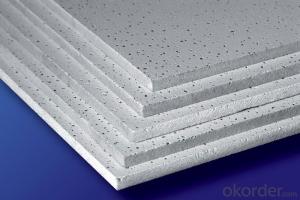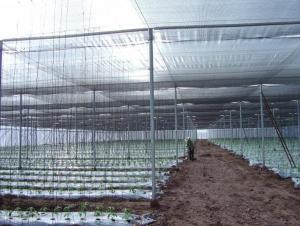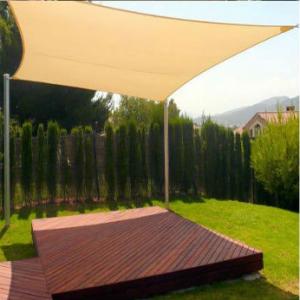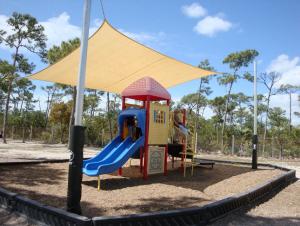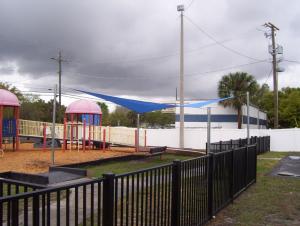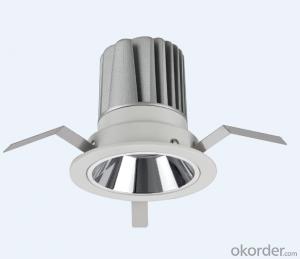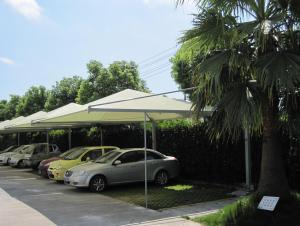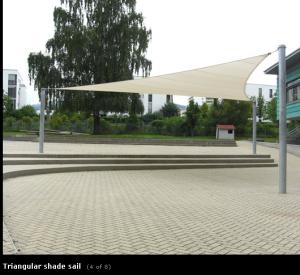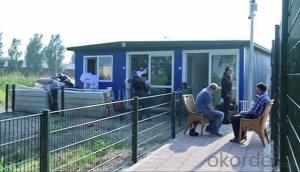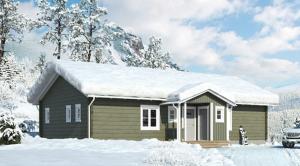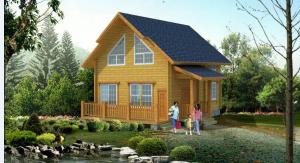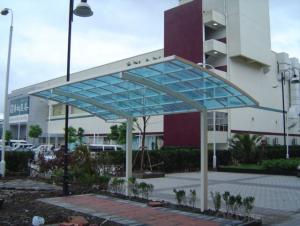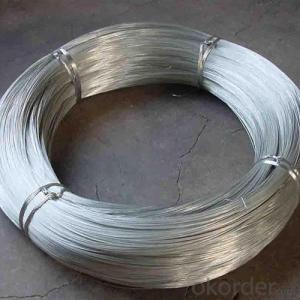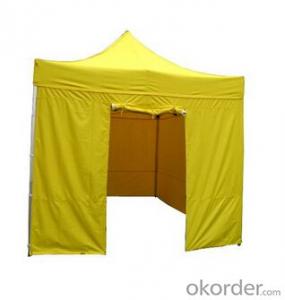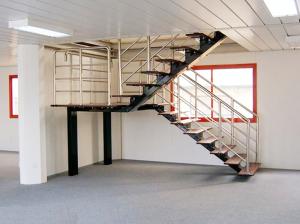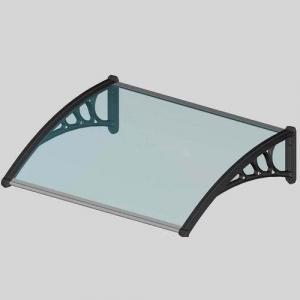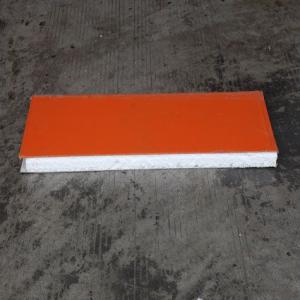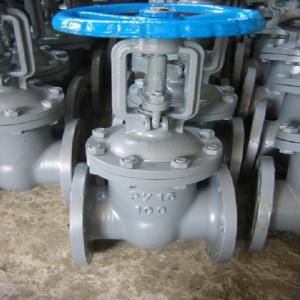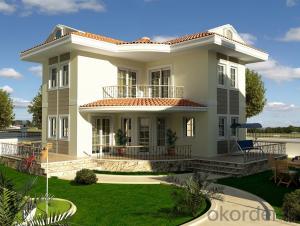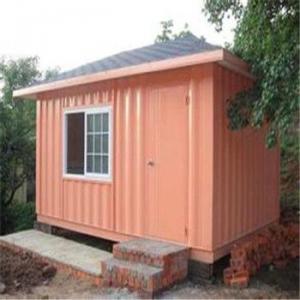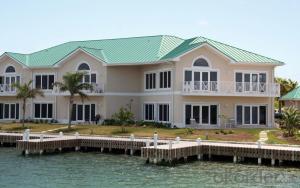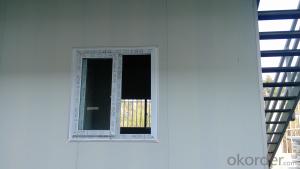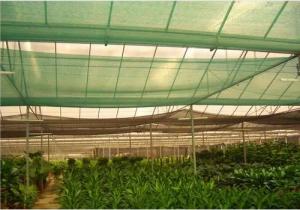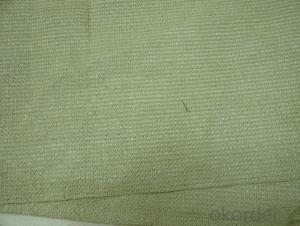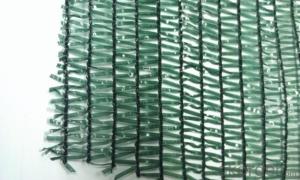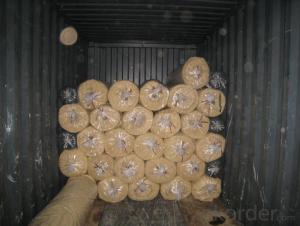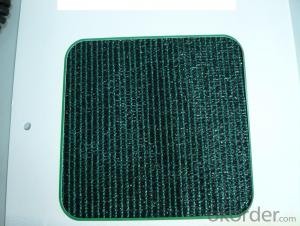Canopy Attached To House
Canopy Attached To House Related Searches
Best Stainless Steel For Knives Primer For Galvanized Steel H S Code For Stainless Steel Wd 40 For Stainless Steel Spray Paint For Stainless Steel Glue For Stainless Steel Drill Bits For Stainless Steel Spray For Stainless Steel Welder For Stainless Steel Diamond Grinding Wheels For SteelHot Searches
Steel Mesh Panels For Sale Price For Stainless Steel Scrap Scrap Price For Stainless Steel Stainless Steel Tank For Sale Cheap High Tea Sets For Sale Stainless Steel Tanks For Sale High Density Fiberboard For Sale Solar Hot Water Collectors For Sale Scaffolding For Sale In Uae Scaffolding For Sale In Ireland Scaffolding For Sale In Houston Type Of Inverter For Solar Price Of Shipping Containers For Sale Types Of Inverter For Solar Stock Price For Aluminum Used Solar Inverter For Sale Portable Led Signs For Sale Stone Hot Water Bottles For Sale Aluminum Coil Stock For Sale Steel Mesh Panels For SaleCanopy Attached To House Supplier & Manufacturer from China
Okorder.com is a professional Canopy Attached To House supplier & manufacturer, offers integrated one-stop services including real-time quoting and online cargo tracking. We are funded by CNBM Group, a Fortune 500 enterprise and the largest Canopy Attached To House firm in China.Hot Products
FAQ
- Yes, there are regulations and standards for plastic nets. These regulations vary by country and region, but they typically cover aspects such as material composition, strength, size, durability, and safety. These standards aim to ensure the quality and performance of plastic nets, as well as promote sustainability and minimize environmental impact.
- Yes, plastic nets are suitable for crab traps. They are commonly used in crab traps due to their durability, resistance to water damage, and ability to effectively catch and hold crabs. Plastic nets are also easy to clean and maintain, making them a practical choice for crab fishing.
- Yes, plastic nets can indeed be used to create barriers. Plastic nets are versatile and durable, making them suitable for various applications, including creating barriers. These nets can be used to fence off areas, prevent access to certain locations, or even contain objects such as balls or debris. They are commonly used in construction sites, sports fields, gardens, and many other settings where temporary or semi-permanent barriers are required.
- Yes, plastic nets are commonly used in the production of flower arrangements. They are often used to hold the flowers in place and provide support, ensuring that the arrangement maintains its desired shape and structure.
- No, plastic nets are not suitable for ventilation purposes as they do not allow sufficient air flow due to their dense and non-porous nature.
- Plastic nets are typically made through a process called extrusion, where melted plastic is forced through a die with small holes to create long strands. These strands are then stretched and cooled to form a net-like structure.
- Yes, plastic nets can be used for creating bird cages. They provide a lightweight and durable alternative to traditional metal wires, ensuring the birds' safety while allowing them to have proper ventilation and visibility. Additionally, plastic nets are resistant to rust and corrosion, making them suitable for both indoor and outdoor bird enclosures.



